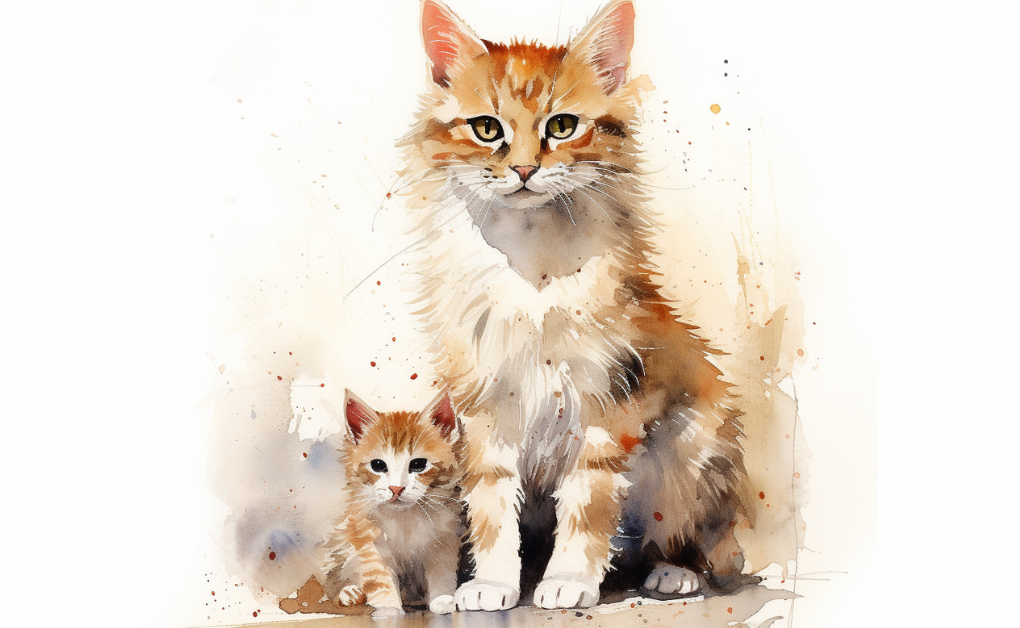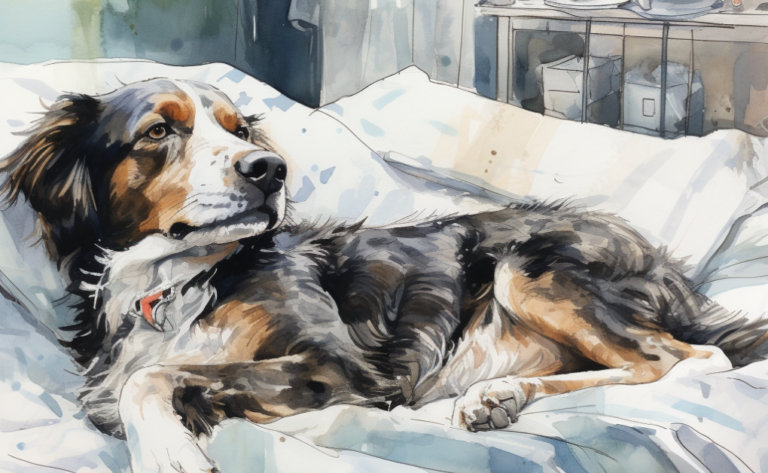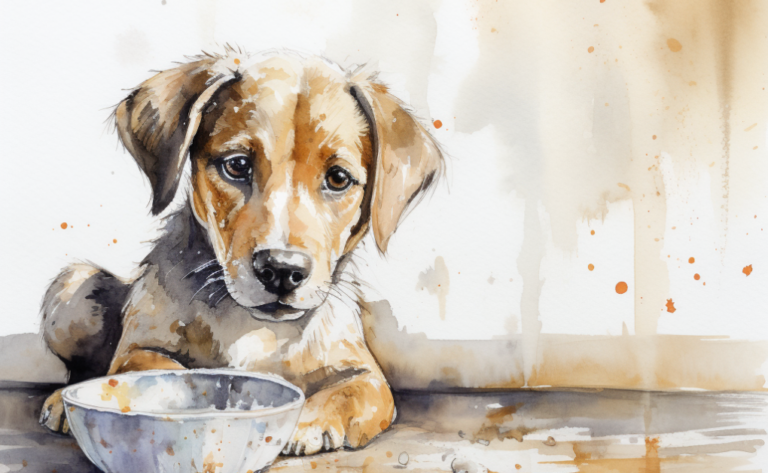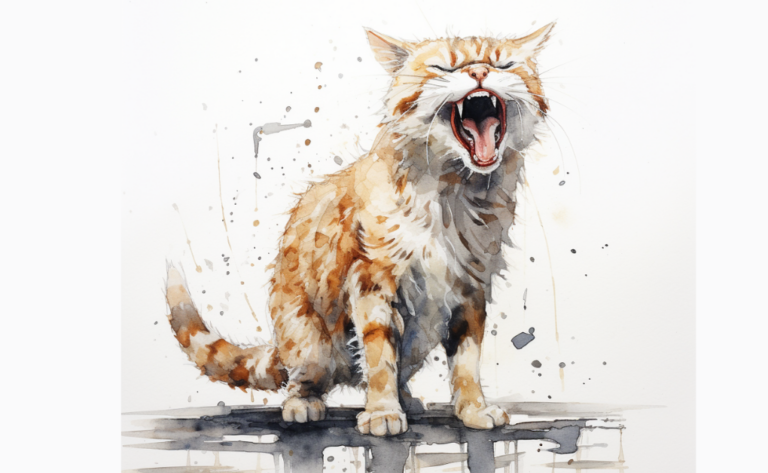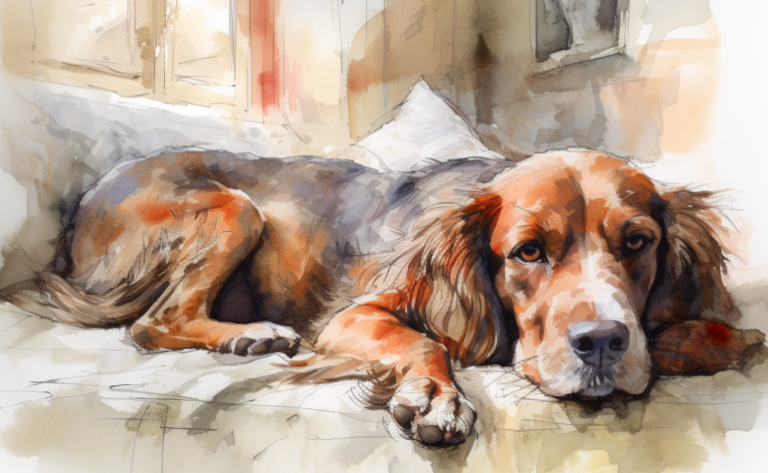Inherited Diseases: What are Common Genetic Diseases in Cats?
What is it?
How is it Treated?
Breed Predispositions
Persian Maine Coon Siamese
Introduction
During a routine veterinary check-up for her beloved Maine Coon cat, Fluffy, Sarah learned that her feline companion was predisposed to a genetic disease common among her breed. Concerned for Fluffy’s long-term health and well-being, Sarah decided to educate herself about common genetic diseases in cats and the potential impact they could have on her pet’s life.
A genetic disease in cats, similar to those in humans, is a health concern triggered by irregularities in the DNA of the domestic cat. These anomalies may be inherited and transmitted from the parent animals – such as a Burmese cat or a Norwegian Forest cat – down to their offspring across generations. Alternatively, they might result from spontaneous mutations within a special feline’s genetic code, altering the blueprint that guides the cat’s development and growth.
Hereditary conditions can influence a wide array of bodily systems and functionalities, bringing about potential health complications in cats worldwide. Genetic defects can disrupt growth patterns, metabolic processes, immune responses, behavior, and other integral facets of a cat’s physical and behavioral attributes. The implications of these inherited diseases range significantly in intensity. While some may subtly interfere with a cat’s overall well-being, others can provoke severe health difficulties, such as lower urinary tract disease, which may drastically curtail a cat’s lifespan.
Remember, genetic diseases, due to their genetic cause, can’t be completely prevented or cured. However, insight into a cat’s genetic health is fundamental to ensuring its overall wellness. Regular veterinary check-ups are vital for the early detection and management of health complications, regardless of whether their origin is genetic or otherwise. For breeding cats, veterinarians may advise genetic testing to unveil any underlying genetic health risks.
Successfully handling genetic diseases in cats involves prevention, early identification, and proper management. These management plans often involve a blend of dietary adjustments, changes in lifestyle, and necessary medical treatments.
Types of Feline Genetic Diseases
Here are some of the most common genetic diseases in cats:
Polycystic Kidney Disease (PKD)
PKD is a hereditary condition most commonly seen in Persian cats and breeds related to Persians. Cats with this condition are born with small cysts in their kidneys, which grow and multiply over time, gradually overtaking healthy kidney tissue and leading to kidney failure.
The cat may show no symptoms in the early stages of the disease. However, as the condition progresses and the kidneys lose their ability to function effectively, symptoms may include increased thirst and urination, loss of appetite, lethargy, weight loss, and, in severe cases, signs of kidney failure such as vomiting and dehydration.
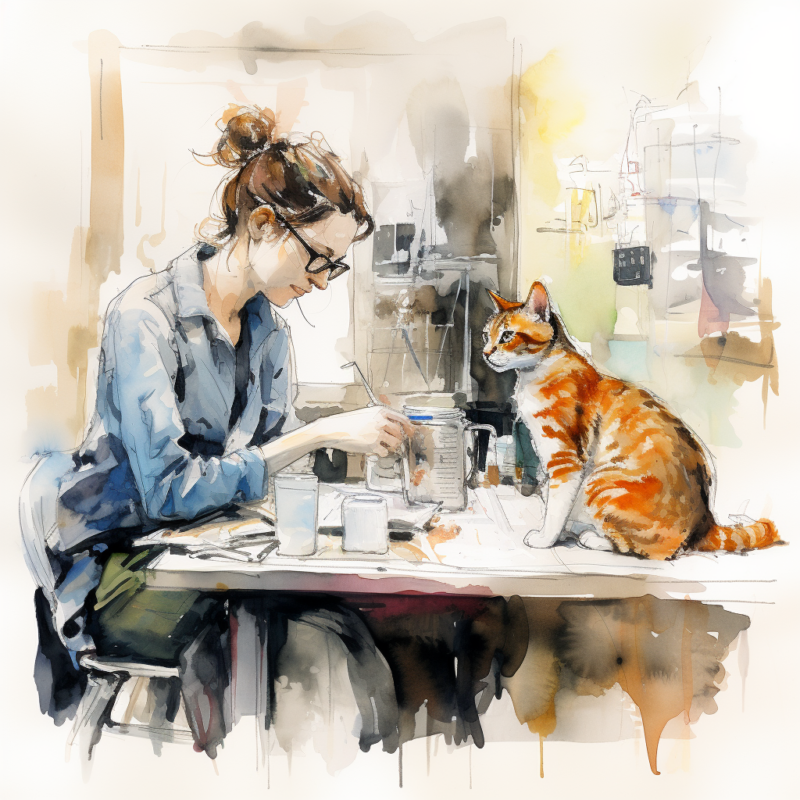
Hypertrophic Cardiomyopathy (HCM)
Hypertrophic cardiomyopathy is a common genetic heart condition, especially among Maine Coon, Ragdoll, and other pedigree cats. In HCM, the heart muscle becomes abnormally thick, making it harder for the heart to pump blood effectively. Early symptoms can be subtle, including decreased activity, loss of appetite, or rapid breathing. As the disease progresses, the cat may experience difficulty breathing due to fluid accumulation in the lungs, lethargy, and fainting spells. In severe cases, cats may suddenly die due to heart failure.
Glycogen Storage Disease (GSD)
This group of inherited disorders primarily affects Norwegian Forest Cats. GSD hampers the cat’s ability to break down and utilize glycogen, stored energy. Affected cats may show muscle weakness, exercise intolerance, and tremors. As the disease advances, it could lead to severe heart and liver conditions, reducing the cat’s lifespan.
Progressive Retinal Atrophy (PRA)
PRA is the most common genetic condition in Abyssinian and Somali cats. It causes the cells in the cat’s retina, the part of the eye that processes light, to degenerate and die over time. Initially, cats with PRA may exhibit dilated pupils and night blindness. As the disease progresses, the cat’s ability to see in bright light will deteriorate, and ultimately, the cat may become completely blind.
Mucopolysaccharidosis (MPS)
MPS is a group of inherited metabolic disorders that occur most frequently in Siamese cats and related breeds. Affected cats are deficient in certain enzymes that help break down and recycle molecules called glycosaminoglycans. This results in abnormal accumulation of these molecules in the cat’s body, leading to various symptoms, including facial deformities, vision problems, dwarfism, and a reduced lifespan.
Feline Lower Urinary Tract Disease (FLUTD)
FLUTD is a term used to describe a set of conditions that can affect the bladder and urethra of cats. Persians have a higher risk of developing this condition. Cats with FLUTD may have difficulty and pain while urinating and may pass blood in their urine. They may urinate frequently, often outside the litter box. In severe cases, FLUTD can lead to a life-threatening urinary blockage.
Spinal Muscular Atrophy (SMA)
SMA is a genetic disorder specific to Maine Coon cats. This disease damages the neurons in the spinal cord that communicate with muscles, leading to progressive muscle weakness and wasting, especially noticeable in the hind limbs. Despite these physical limitations, cats with SMA can have a normal lifespan and good quality of life with the right care and attention. They typically remain playful and active, though they may develop a distinctive sway or hop in their gait due to muscle weakness.
Causes of Genetic Diseases in Cats
Here are some examples of the common reasons why certain breeds of cats have genetic diseases:
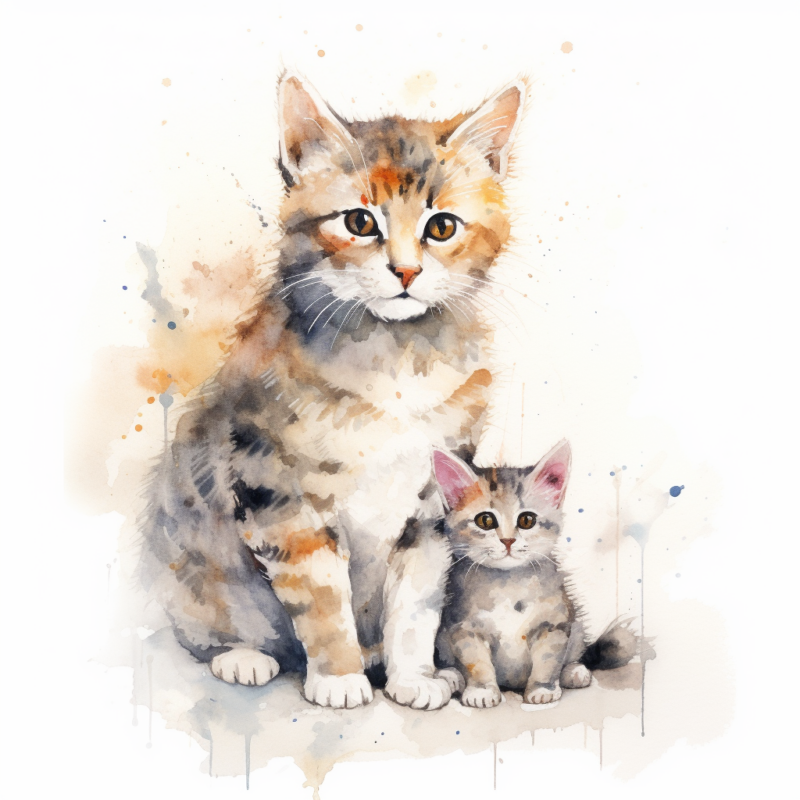
Inheritance of Abnormal Genes
Direct Inheritance
One of the most common ways genetic diseases are passed in cats is through direct inheritance, where a disease-causing gene is transmitted from one or both parents to their offspring. Some genetic disorders are recessive, meaning a cat must inherit the disease-causing gene from both parents to develop the disease. Other disorders are dominant, meaning that only one copy of the abnormal gene is needed for the cat to be affected. Still, other conditions are sex-linked, which means the abnormal gene is carried on one of the sex chromosomes (X or Y).
For example, Polycystic Kidney Disease (PKD) in Persian cats is inherited in an autosomal dominant manner, meaning that the offspring only needs to inherit one copy of the gene from one parent to develop the disease.
Mutations
Mutations, or changes in DNA, can occur spontaneously and lead to genetic disorders. These mutations can occur in any cell of the body, but those that happen in the reproductive cells (sperm or egg) are the ones that can be passed on to offspring. Some genetic disorders are caused by such spontaneous mutations, which may occur for reasons that are not well understood.
For instance, Glycogen Storage Disease (GSD) in Norwegian Forest Cats is likely a result of spontaneous mutation. Although it is a recessive disorder, meaning that the cat needs to inherit the gene from both parents to develop the disease, the gene mutation that causes this disease could have initially occurred spontaneously in a cat’s DNA.
Environmental Triggers
Epigenetics
Epigenetics refer to gene expression or cellular phenotype changes caused by mechanisms other than changes in the underlying DNA sequence. In other words, it’s the study of how your behaviors and environment can cause changes that affect the way your genes work. These changes might be temporary or could last and be passed on to offspring.
For example, it’s hypothesized that environmental factors such as exposure to certain chemicals or stress could trigger epigenetic changes, leading to diseases such as Feline Lower Urinary Tract Disease (FLUTD) in susceptible breeds like Persians.
Exposure to Risk Factors
In some cases, exposure to certain environmental risk factors can interact with a cat’s genetic predisposition to trigger the disease. For instance, a cat may be genetically susceptible to a condition like Hypertrophic Cardiomyopathy (HCM). Still, the disease may only manifest if the cat is exposed to certain stressors or environmental conditions.
Breeding Practices
Inbreeding
Inbreeding, or mating between close relatives, can increase the risk of genetic disorders in offspring. This is because close relatives are more likely to carry the same harmful genes, and mating between such individuals can increase the chances of these genes being passed on. Certain purebred cats are particularly prone to specific genetic diseases due to extensive inbreeding.
For instance, inbreeding in breeds like Maine Coon and Ragdoll is one of the primary reasons for the higher incidence of diseases like Hypertrophic Cardiomyopathy (HCM) and Spinal Muscular Atrophy (SMA).
Selective Breeding
Selective breeding for certain traits can inadvertently promote the passing on of harmful genes. Breeders might select a particular physical trait without realizing that the gene responsible for that trait is linked to a disease-causing gene.
For instance, the gene causing the unique coat color pattern in Siamese cats is linked to the gene causing Mucopolysaccharidosis (MPS). Therefore, breeding for the coat color inadvertently increases the prevalence of MPS in this breed.
Diagnostic Tests for Common Genetic Diseases in Cats
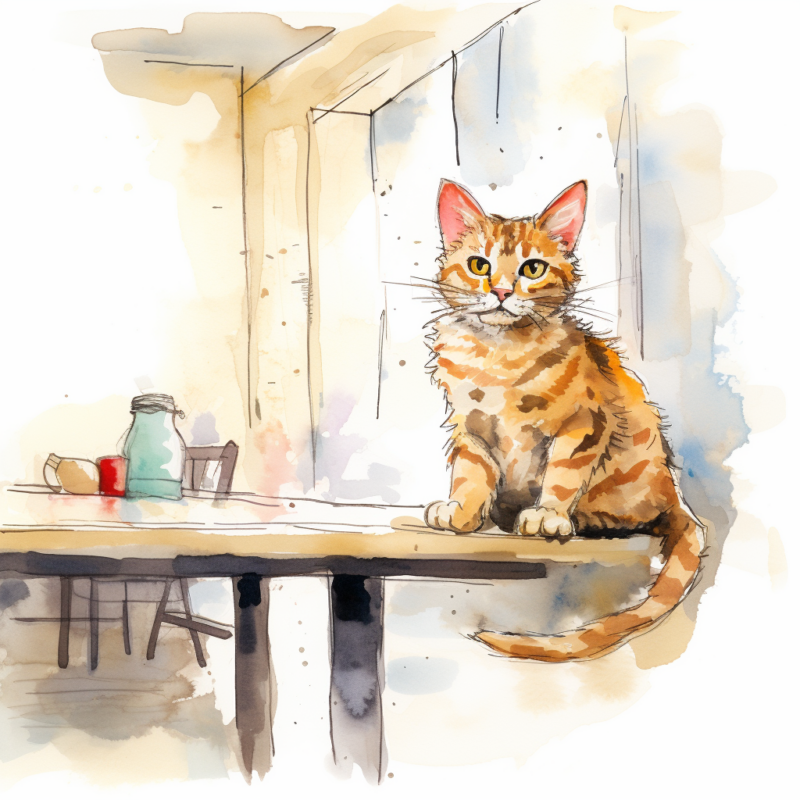
Physical Examination
Diagnosing genetic conditions in cats typically begins with an exhaustive physical evaluation. By assessing the cat’s physical condition and behavioral patterns, veterinarians may identify symptoms indicative of certain inherited diseases, especially if it’s a pedigree cat. These symptoms could include cat size or shape abnormalities, unique physical traits, or apparent signs of discomfort. Nevertheless, relying solely on physical examination is only partially definitive since various health issues, not just genetic ones, can present similar symptoms.
Genetic Testing
The most accurate method to diagnose genetic diseases and traits is through a DNA test. In this process, DNA sourced from the cat’s blood or other tissues is scrutinized in a laboratory setting to detect mutations causing the disease. Such genetic tests available today can identify many genetic diseases in cats, including Polycystic Kidney Disease (PKD), Hypertrophic Cardiomyopathy (HCM), and Glycogen Storage Disease (GSD). The findings from these tests can help confirm a diagnosis, establish the cat’s carrier status, or even forecast the potential of the cat developing a specific disease later in its life.
Biopsy
Occasionally, performing a biopsy may be necessary to diagnose a genetic condition. This procedure involves extracting a small tissue sample from the impacted organ or body part. This sample is then microscopically examined for abnormal cells or structures. Biopsies prove particularly beneficial when diagnosing genetic diseases that trigger tumors or skin afflictions.
Blood Tests and Other Laboratory Tests
Blood tests, including those determining the blood type and other laboratory assessments, contribute to the diagnosis of inherited diseases. For instance, blood tests can expose blood cell or chemistry irregularities, suggesting certain genetic defects. Urine examinations, fecal analysis, and other lab tests offer supplementary data about the cat’s holistic health and the performance of its various organs.
Medical History
Collecting a comprehensive health history forms another pivotal step in diagnosing inherited diseases in the cat population. The vet will inquire about your cat’s medical background, encompassing past illnesses and treatments. Information about the health histories of the cat’s parents and siblings can also prove useful, providing insights into the probability of inherited diseases.
Imaging Tests
Imaging tests, such as X-rays, ultrasounds, and CT scans, are commonly employed to diagnose genetic diseases that impact the cat’s physical structures. For instance, X-rays can highlight skeletal defects, whereas ultrasounds can uncover issues with organs like the heart or kidneys. These tests can often pinpoint physical indicators of a disease even before the cat starts showing symptoms and are identified in cats across the feline population.
Electrodiagnostic Testing
Electrodiagnostic tests, including electrocardiograms (ECG) or electromyography (EMG), can diagnose genetic diseases affecting the nerves or muscles. These tests gauge electrical activity to establish whether these tissues are functioning optimally. For instance, an ECG can identify heart conditions such as Hypertrophic Cardiomyopathy (HCM).
Treatment for Common Genetic Diseases in Cats
The treatment options for genetic diseases in cats largely depend on the specific disease. However, most treatments aim to manage symptoms, slow the progression of the disease, and improve the cat’s quality of life. Let’s look at some general categories of treatment options:
Medications
- Heart Medications: Cats with heart diseases such as Hypertrophic Cardiomyopathy (HCM) might be given ACE inhibitors that reduce the heart’s workload and lower blood pressure. Beta-blockers may also be used t control the heart rate and reduce the heart muscle’s thickening. Anticoagulants like aspirin or clopidogrel might be prescribed to prevent blood clot formation, a common and dangerous complication of HCM.
- Kidney Medications: Cats with Polycystic Kidney Disease (PKD) might receive ACE inhibitors or angiotensin receptor blockers (ARBs) to control high blood pressure. Drugs that decrease phosphorus levels, increase calcium levels, or help with anemia might also be used to manage symptoms of kidney disease.
Dietary Management
- Kidney-Friendly Diet: This diet for cats with PKD is typically low in phosphorus and protein to reduce the kidneys’ workload. It also usually contains increased levels of B vitamins and antioxidants to help the body deal with the toxins that the kidneys can’t filter out as effectively.
- Diabetic Diet: A diet for cats with diabetes usually involves high protein and low carbohydrate content to minimize blood sugar spikes after meals. Consistent feeding schedules and portion control are essential to managing feline diabetes.
Regular Monitoring and Check-ups
Regular vet visits allow for ongoing evaluation of the cat’s health and adjustments to the treatment plan as necessary. This could include:
- Blood Tests: Blood tests can provide information on organ function and detect complications early.
- Ultrasound or X-rays: These imaging tests can help assess the disease’s progression. For example, echocardiograms (ultrasound) are useful for monitoring HCM.
Genetic Counseling
Genetic counseling can help cat owners and breeders understand the potential risks of various genetic diseases. This might include:
- DNA Testing: DNA testing can identify cats that carry genes for specific diseases. This is particularly important for breeders to prevent breeding cats with harmful genetic traits.
Physical Therapy
Physical therapy can help improve strength and mobility, particularly for diseases that impact the cat’s musculoskeletal system. This could involve:
- Stretching and Massage: Gentle stretching and massage can help maintain muscle flexibility and reduce stiffness in cats with Glycogen Storage Disease (GSD).
- Hydrotherapy: Some practices may offer hydrotherapy, which can be beneficial for maintaining muscle mass without putting stress on the joints.
Supportive Care
Supportive care aims to improve the cat’s quality of life. For example:
- Sensory Enrichment: For cats with progressive conditions like Progressive Retinal Atrophy (PRA), toys that stimulate other senses, like sound or smell, can keep a cat engaged and happy.
- Safe Environment: For cats with PRA, removing potential hazards, keeping furniture in the same place, and using night lights can help them navigate their environment safely.
Surgical Intervention
While not commonly used, there are instances where surgery could be an option:
- Heart Surgery: In rare cases, surgery might be recommended for cats with certain types of heart disease. This could involve procedures to widen a narrowed artery or to implant a pacemaker.
Remember, every cat’s situation is unique, so treatments should always be discussed with a qualified veterinarian to ensure they’re appropriate for the cat’s specific needs and condition.
Preventive Measures for Common Genetic Diseases in Felines
Prevention of hereditary diseases in cats is primarily focused on prudent breeding practices. Numerous genetic abnormalities are inherited and transmitted from parent to offspring. Here are some steps that can be taken:
- Genomic Screening and Accountable Breeding: Many inherited disorders can be identified through genetic testing. Breeders ought to have their breeding cats screened for known hereditary diseases. If an affected cat is identified as a genetic disease carrier, that cat should be excluded from breeding. Some breeders may elect only to mate cats with two healthy copies of each gene, thus guaranteeing that their kittens cannot inherit these congenital conditions.
- Frequent Veterinary Visits: Not all genetic disorders can be completely averted despite responsible breeding. Regular veterinary medical care is critical to identify any potential health problems early. Early diagnosis typically results in more effective management of the clinical disease. Some genetic disorders don’t manifest symptoms until the cat is several months or even years old, making regular check-ups critical even for seemingly healthy domestic shorthair cats or other breeds.
- Nutritionally Balanced Diet and Regular Physical Activity: A balanced diet and ensuring your cat exercises regularly can help maintain overall health and strengthen the immune system. This can make them less susceptible to complications from genetic diseases.
- Avoidance of Inbreeding: Inbreeding can heighten the likelihood of genetic disorders. Mating closely related cats can amplify the chances of passing on harmful genetic markers to kittens.
Lastly, it’s vital to remember that not all cat health issues, including irritation caused by various factors, are preventable. As a cat owner, offering your feline companion a secure, caring environment and high-quality veterinary care is best.
Frequently Asked Questions
Disclaimer: The information provided on this veterinary website is intended for general educational purposes only and should not be considered as a substitute for professional veterinary advice, diagnosis, or treatment. Always consult a licensed veterinarian for any concerns or questions regarding the health and well-being of your pet. This website does not claim to cover every possible situation or provide exhaustive knowledge on the subjects presented. The owners and contributors of this website are not responsible for any harm or loss that may result from the use or misuse of the information provided herein.

